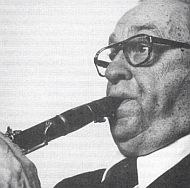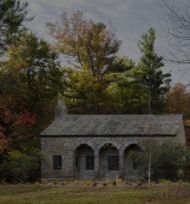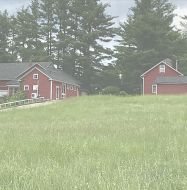Music For Writers: John Supko’s ‘Rest’ For Musicians
The NOW Ensemble's new 'Dreamfall' album gives us a chance to hear new music from composer John Supko, whose 'divine the rest' is a "generative" work -- different each time its human musicians and computer software get together to make some Music For Writers.
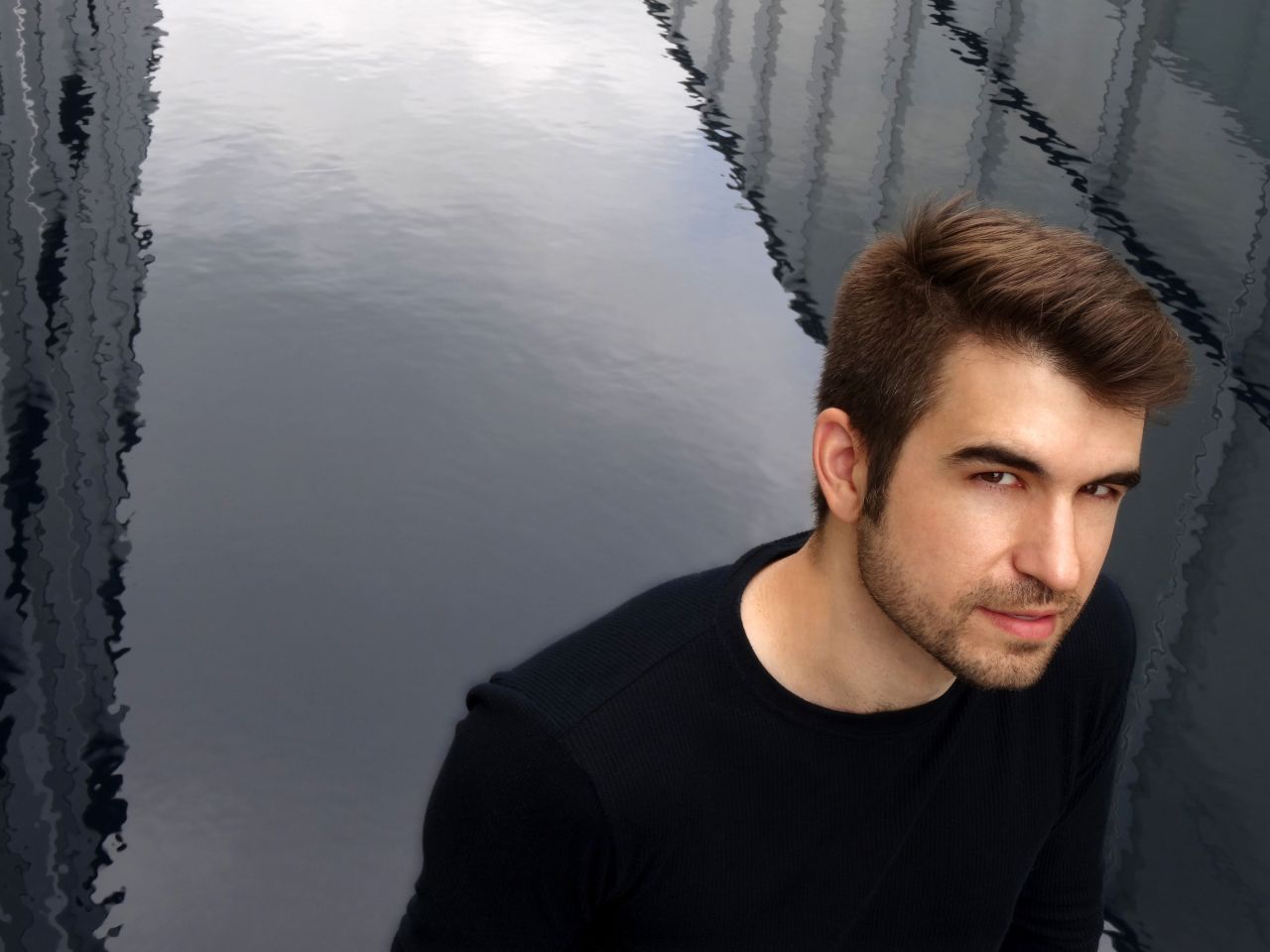
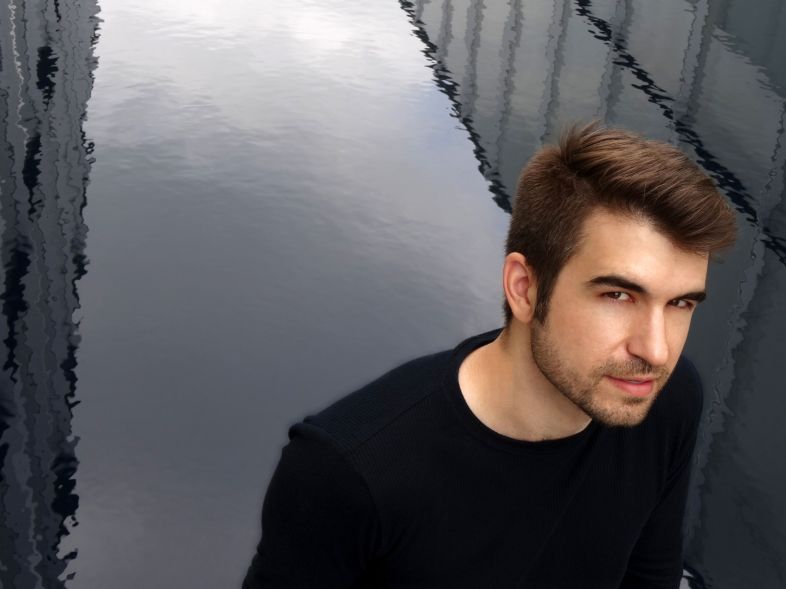
‘The Algebraic Picture Of My Self And Soul’
In last week’s Music for Writers interview with Bryce Dessner (for his Music For Wood and Strings), the composer told us:
I think there’s something counter-intuitive about a lot of innovation in music in the last 20 years, in that so much of it has been driven by technology. You can create endlessly complex variations of things using sequencers. So much innovation using technology, it’s just constantly at warp speed, expanding.
So there’s something kind of old-fashioned, really, about working with an instrument builder [in lutherie, with Aron Sanchez]. It is amplified, but essentially, there are no effects on it, it’s just wood and strings. I like the idea of innovation but in the old sense of the word.
This week, meet the flip side.
Composer John Supko may not be “constantly at warp speed,” but he’s definitely working on the technological end of musical innovation. And there’s easily as much for writers to find in his music as there is for them in Dessner’s. These are two powerfully gifted artists whose compositional strengths demonstrate not only some of the range of contemporary classical work today but also the complexity of its voices.
You may remember Supko from our write-up last October, Music for Writers: In Not-So-Dire ‘s_traits’, when his and Bill Seaman’s formidable s_traits was @Q2Music’s Album of the Week.
 Well, he’s back, and this time as one composer among seven on NOW Ensemble: Dreamfall, a fine collection of new music from New Amsterdam Records.
Well, he’s back, and this time as one composer among seven on NOW Ensemble: Dreamfall, a fine collection of new music from New Amsterdam Records.
The album’s write up at New York Public Radio’s Q2Music notes this about the NOW:
For all its importance to the contemporary classical music scene, the five-piece band—composer/guitarist/director Mark Dancigers, clarinetist Sara Budde, bassist Logan Coale, pianist Michael Mizrahi and flutist Alex Sopp, plus composers Patrick Burke and Judd Greenstein—has released surprisingly little in the way of recordings. Its latest, Dreamfall, is only their third anthology of new works for the ensemble, and these new kids are all grown up by now.
Note that Q2 Music is presenting the NOW in a performance hosted by Helga Davis and marking the release of the album on Monday 15th June at 7 p.m. ET in the Greene Space in New York at Varick and Charlton. Information about the event is here.
There’s music here from Greenstein, Andrea Mazzariello, Sarah Kirkland Snider, Nathan Williamson, Mark Dancigers, and Scott Smallwood. But I’m focusing today on Supko’s work, divine the rest, the fifth track on the album, the most contemplative of the works on the CD, and the most writerly: Supko here, as in s_traits, is using text. Here’s some:
still vaster thoughts visit me
I have read and I have forgotten
the question of bursting
memories of tufts
memories of unconsciousnesses
I walk on alone in the room
the politeness and the Augustinian opposition of knowing
the algebraic picture of my self and soul
the active vitalities must be forgotten
still vaster thoughts visit me
you ask me what you think
in sleep the pleasure
Beautiful, isn’t it? I’ll give your compliments to the machine.
This is “generative” text, and you hear bits of it in Supko’s arresting 10-minute work which he has created expressly for the NOW Ensemble. To give me those phrases, he had to transcribe what he could hear on the recording, himself. In other words, Supko didn’t actually write this. And neither did “anybody” else. This is why wordsmiths love this guy. He’s doing something even more viscerally gymnastic with the language than most novelists are.
The music, itself, is generative, too. In his notes for the piece, Supko writes:
I try to generate serendipity through the interweaving of human expression and computer operations. NOW Ensemble plays minimally notated pitch material — single notes, dyads, chords, but no rhythms — according to a variety of strategies I describe in prose instructions. Their playing responds to the ever-changing sonic environments the computer creates through the manipulation of field recording samples, drones, fleeting sine-tone melodies, and fragments of spoken text.
divine the rest is like a timeless walk through a radiant summer afternoon’s nap. If sleep became a space you could enter, you might hear just these sensual murmurings right up close. There’s a moment of a Mediterranean string. Droplets of piano strokes land softly on your head. A woodwind’s flutter of a question grazes your back, gone before you can see it. Effortless, gentle progress is occurring as phrase after phrase brushes against your mind, each one so much more comely and calming than those in that manuscript you’ve just dozed off on.
John Supko
When I ask him about his libretto for the piece, this is what he tells me:
I took an essay by Miguel de Unamuno and separated all the parts of speech out of it. I recorded all the nouns, the verbs, adjectives, etcetera, then gave the software the ability to assemble this vocabulary into new, ambiguous, fragmentary texts. These texts are put together by the computer on the fly; they’ll also be different for every performance. The fact that they’re computer-generated adds a layer of strangeness or ambiguity that underlines the “dream logic” of the piece. The texts are grammatically correct but sort of oblique and counter-intuitive, like something you might hear in a dream.
Supko is Duke University’s Hunt Family Assistant Professor of Music. And he’s one of the most accessible adventurers in musical exploration today. What’s more, he’s one of those people whose talk about his work enriches it enormously.
In divine the rest, the listener hears a voice, no, feels a voice that makes Rod Serling sound like a carnival barker. And that’s where we start when I put some questions to him about the work. I refer to the voice track as lyrics.
‘Inside My Head’
Thought Catalog: John, is this Bill Seaman’s voice we’re hearing again, as in s_traits?

John Supko: It’s my voice you’re hearing. There’s some light vocoding [voice coding] and comb filtering added to the sound of my voice to give it a harmonic grounding. I don’t think of it as a poem, just a concatenation of fragmented thoughts and images that may or may not create meaning as they accumulate. I should also mention that it was my intention to obscure the text in places so that it comes in and out of focus. It’s not important for the listener to hear and understand the entire text. It’s just another element in the sound world that may or may not convey meaning depending on the person listening.
TC: Knowing how much of the moment — how improvisational — each performance of this piece is, there’s a wistful, soothing contemplative aspect to this edition — is that likely to always be the case, or could something, say, more upbeat, less provocative be produced in another performance?
JS: The meditative tone of the piece comes, first and foremost, from my desire to give the listener the experience of being inside my head: I’m trying to recreate, insofar as possible, a slice of my interior life, an immersive dip into the mix of sounds, thoughts, images and impressions that collide and melt, appear and disappear in my mind. The wistfulness also comes from the the mix of specially chosen sound files — the wind, the soft acoustic and electronic chords, the field recordings (rain, sea, birds, traffic, trains, insects) — and the harmonic material, which is essentially in a minor mode, though there is some ambiguity as to which one.
The electronic part of the piece, though always different in each new performance, will essentially retain its cinematic melancholy no matter what decisions the computer makes. This electronic environment in turn suggests to the performers the mood that they should adopt for their parts, or at least that’s what happens in practice.
It might be interesting to ask the players to try to subvert the emotional information the electronic part is giving them. I’d be up for trying a version like that in the future, but I should say that it wasn’t part of my original intention for the piece. “Random within a range” is a good way to think about the decision-making of the computer in this piece. I deliberately set the range of choices the computer has so that the results always produce the same general “feel,” even if the specific melodies and sound file combinations are never the same twice.

TC: Where in your body of work does his piece lie?
JS: Each time I write a new generative piece for human musicians, I explore the terrain between composition and improvisation. With a computer creating an entire sound world on the spot, how do human musicians fit into this unpredictable process? Should they just react impulsively and improvise? That’s not very attractive to me. Is there a way to give them material to practice in such a way that they can prepare ahead of time but still have the latitude to do unpredictable things along with the computer?
I wrote divine the rest before tackling a much bigger generative project, my acoustic guitar concerto L’imitation du sommeil (“The Imitation Of Sleep”) for an old friend of mine, French guitarist Jérémy Jouve and the Listen Ensemble in Paris.
This concerto is an hour long and employs a much more complicated computer system. There’s no paper: all the musicians play from laptop screens. In each of the ten sections of the the piece, the computer combines a series of sound files which also have notated parts for the musicians to play. The notated material is sent to the players’ laptops and the software tells them when to start and stop playing. I made a secondary system that allowed the players to practice all the possible notated parts in advance. So in performance, the players weren’t improvising, they were playing things that they had practiced well beforehand, but they didn’t know when or if they would be told to play a particular part, or, crucially, what other parts or instruments would be playing with them.
There are more than 24 billion different combinations possible over the course of the entire concerto.
John Supko
In divine the rest the players have much more freedom to “invent” their parts: I give them pitches but no rhythms, so they have quite a bit of leeway to put a personal stamp on what they play. I don’t think that I would have been able to write the concerto had I not written divine the rest for NOW first: I have found it very hard to make meaningful music in this in-between world between composition and improvisation. divine the rest was in many ways a big first step and the guitar concerto was an even bigger second step, a huge extrapolation of the things I learned as well as the instincts I developed while writing divine the rest.
TC: How do you get the title of the larger concerto?
JS: L’Imitation du sommeil comes from a tiny text written by a shadowy, forgotten Belgian surrealist, a friend of Magritte’s, named Gaston Dehoy.
TC: And where is this work taking you? What seems to be ahead?
JS: The experience of writing both divine the rest and L’imitation du sommeil has convinced me that I need to dig deeper into software development. I want to make custom software interfaces that will not only be easy for the musicians to install and use but also easier for me to work with. I love the idea of writing music that is not written down anywhere, it simply manifests itself at the moment of performance and then just as mysteriously melts away, never to be heard again unless it’s recorded. There’s something both beautiful and subversive about that to me. I’ve always hated being in a room of people listening to music with their noses buried in scores. I categorically refuse to look at a score when I’m listening to music. Now it seems I’m eliminating scores in my own work. It feels liberating.
My next big project is a collaboration with Bill Seaman, an immersive evening-length multimedia work for singers, instrumentalists, electronics and wall-to-wall surround video. We’re still in the preliminary stages but the piece is inspired in part by the writings of Raymond Roussel, among others, as well as ideas about landscape, architecture and language.
That’s all I can say for the moment.![]()

